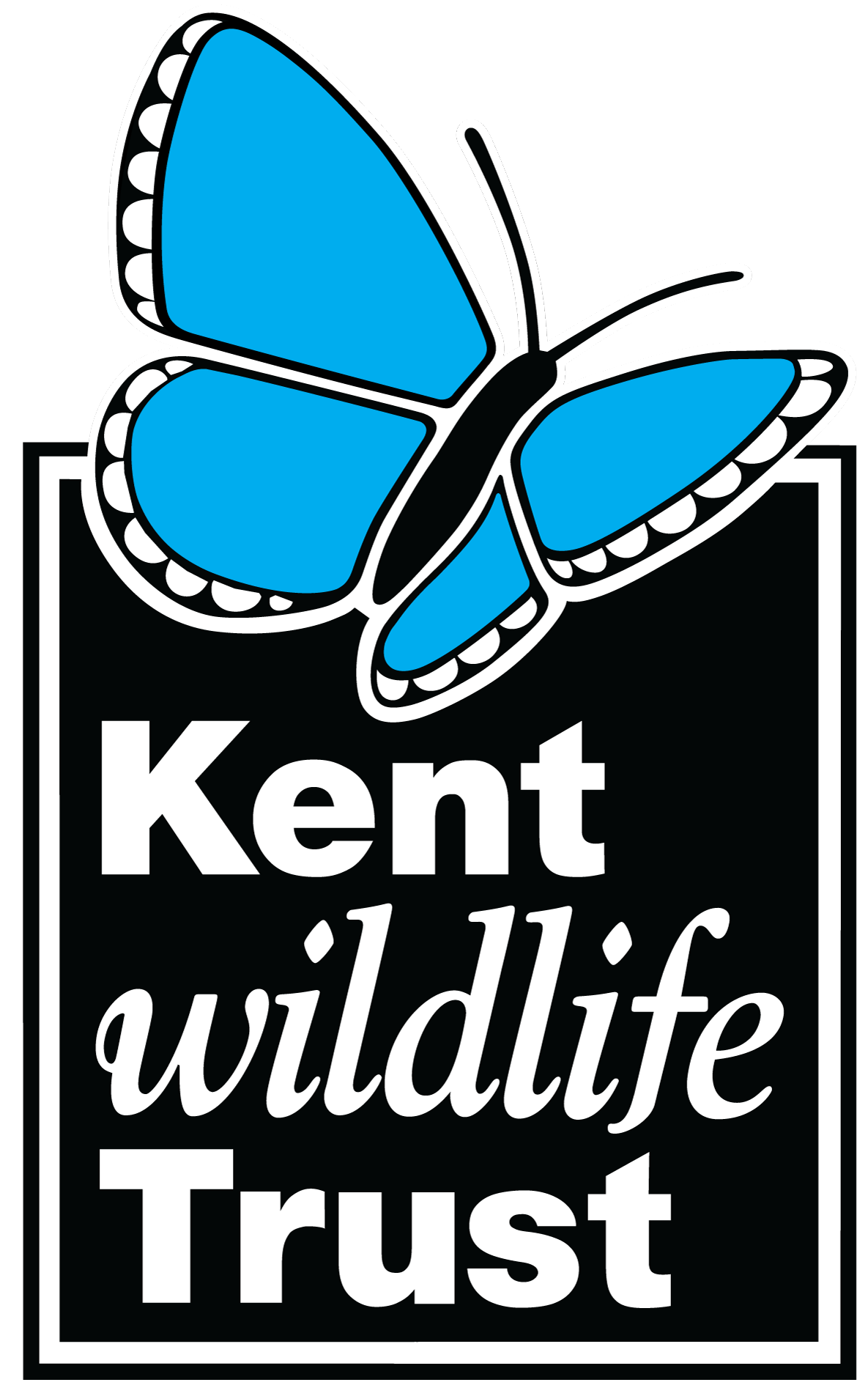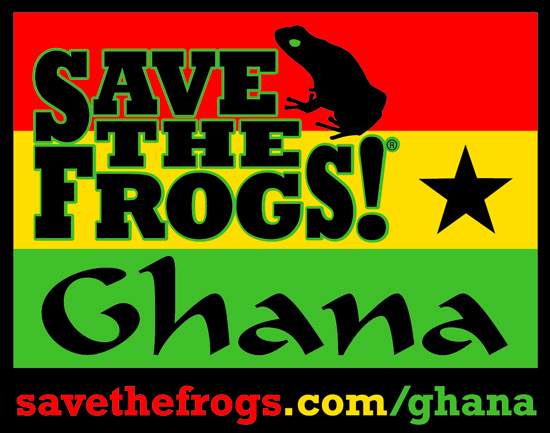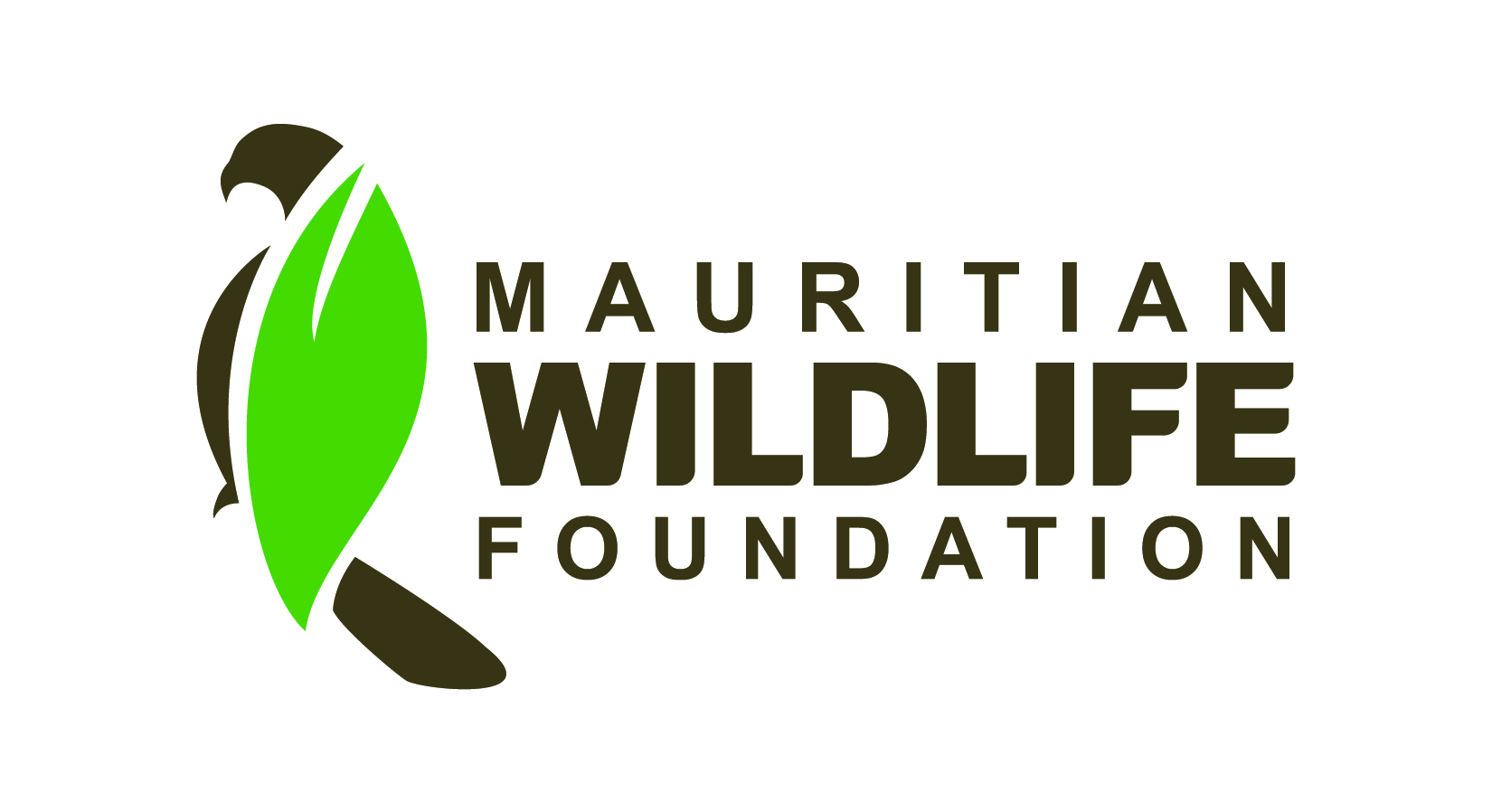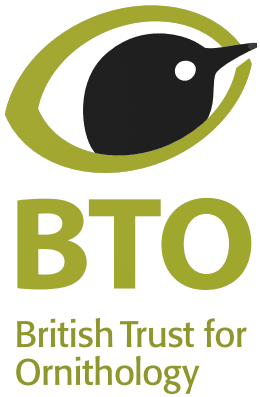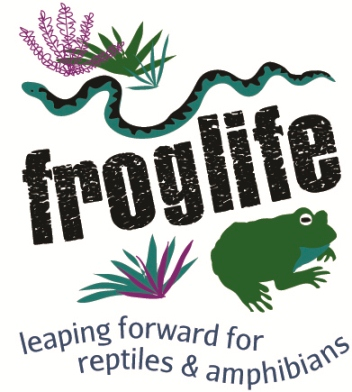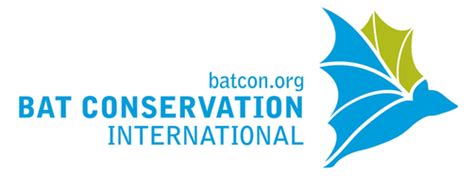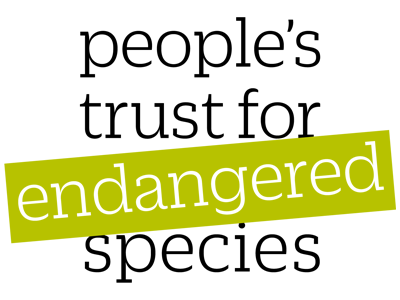Cat eradication and the restoration of endangered iguanas (Cyclura carinata) on Long Cay, Caicos bank, Turks and Caicos Islands, British West Indies
-
Published source details
Mitchell N., Haeffner R., Veer V., Fulford-Gardner M., Clerveaux W., Veitch C.R. & Mitchell G. (2002) Cat eradication and the restoration of endangered iguanas (Cyclura carinata) on Long Cay, Caicos bank, Turks and Caicos Islands, British West Indies. Pages 206-212 in: C.R. Veitch & M.N. Clout (eds.) Turning the Tide: The Eradication of Invasive Species. IUCN SSC Invasive Species Specialist Group, Gland, Switzerland and Cambridge, UK.
Published source details Mitchell N., Haeffner R., Veer V., Fulford-Gardner M., Clerveaux W., Veitch C.R. & Mitchell G. (2002) Cat eradication and the restoration of endangered iguanas (Cyclura carinata) on Long Cay, Caicos bank, Turks and Caicos Islands, British West Indies. Pages 206-212 in: C.R. Veitch & M.N. Clout (eds.) Turning the Tide: The Eradication of Invasive Species. IUCN SSC Invasive Species Specialist Group, Gland, Switzerland and Cambridge, UK.
Actions
This study is summarised as evidence for the following.
| Action | Category | |
|---|---|---|
|
Translocate adult or juvenile reptiles: Lizards Action Link |
|
-
Translocate adult or juvenile reptiles: Lizards
A study in 1999–2001 on an island in Turks and Caicos (Mitchell et al. 2002) found that after the eradication of feral cats Felis catus, all translocated Turks and Caicos Rock Iguanas Cyclura carinata survived at least two months post release and that some were breeding one year later. All of the first group of translocated iguanas (25 individuals) survived at least two months and 10 individuals survived at least 3–4 months after being released. After 14 months, two hatchlings were observed on the island. An initial group of 25 iguanas was translocated from Big Ambergis to Long Cay island (111 ha) in November 1999. Subsequent translocations took place every 2–3 months thereafter (404 individuals translocated in total). All iguanas were individually marked with PIT-tags. Ten individuals per translocation were fitted with radio collars and radio tracked until the next translocation. Feral cats were removed from the island prior to iguana reintroduction in July 1999 using fish laced with 1080 poison bait (22% concentration, sodium monofluoroacetate) distributed at bait stations placed systematically across the island (every 25 m in parallel lines 50–100 m apart, 500 total bait stations). There were no signs of cats in November 1999. One cat was found in January 2000 and removed from the island.
(Summarised by: Katie Sainsbury)
Output references
|
|

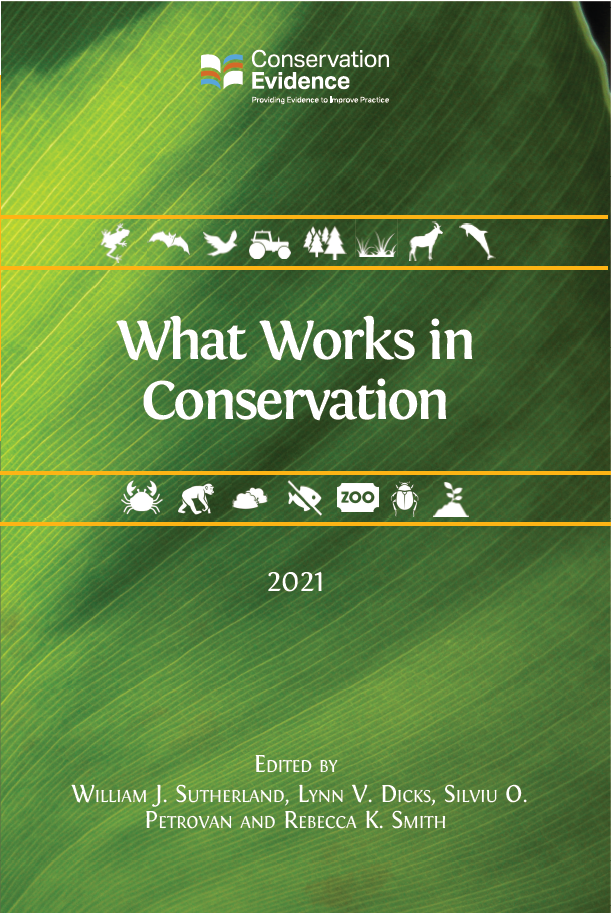
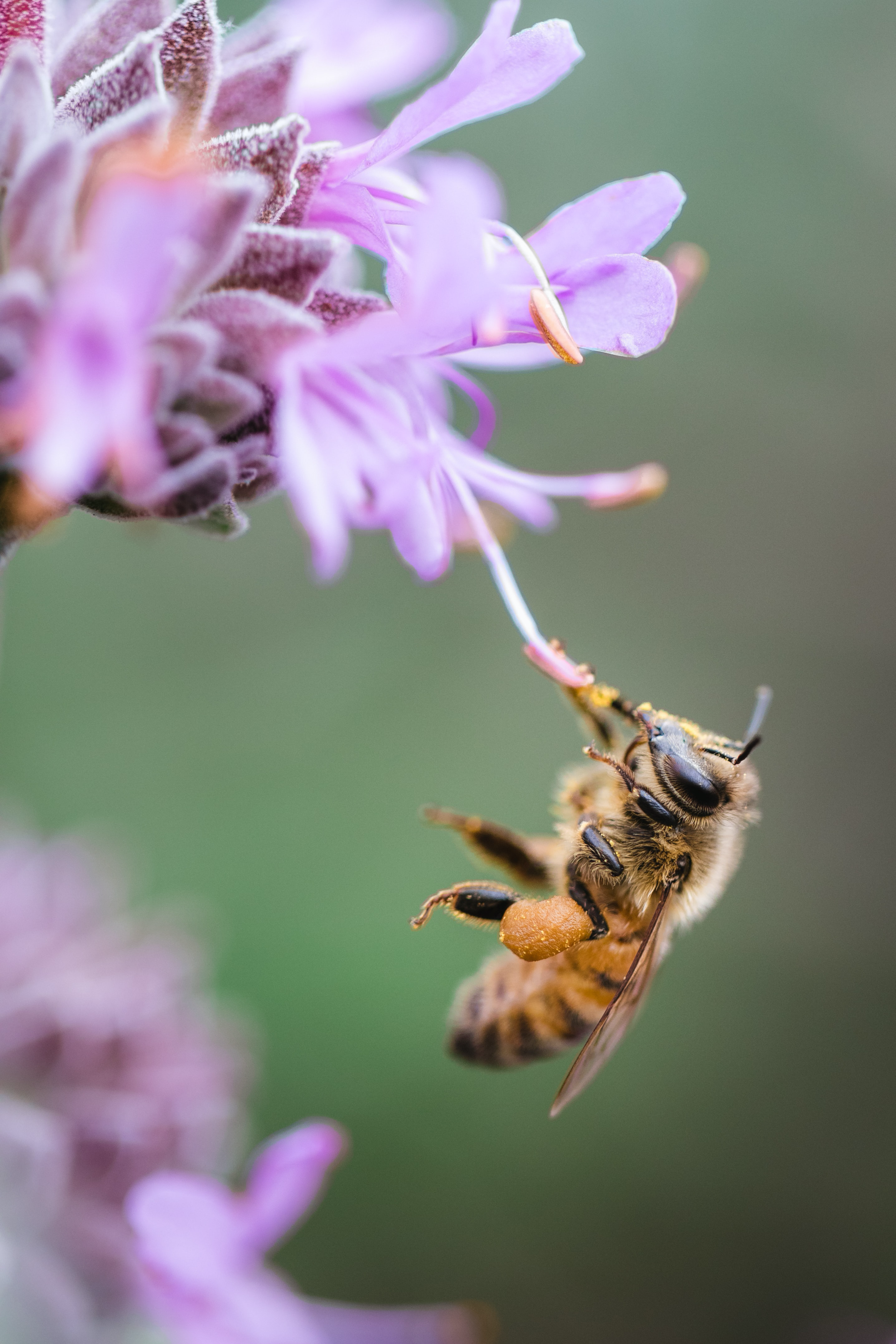

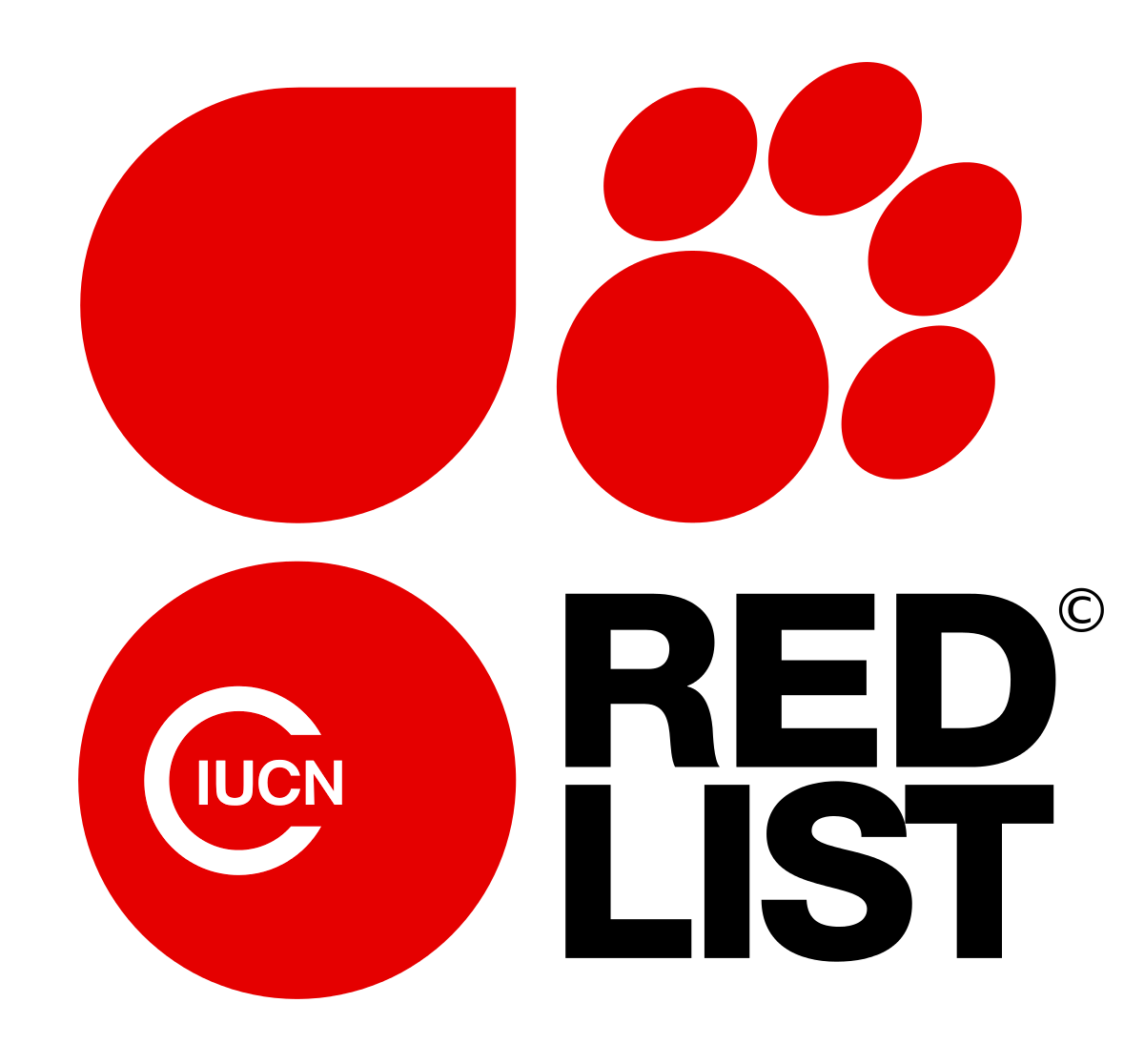
)_2023.JPG)
